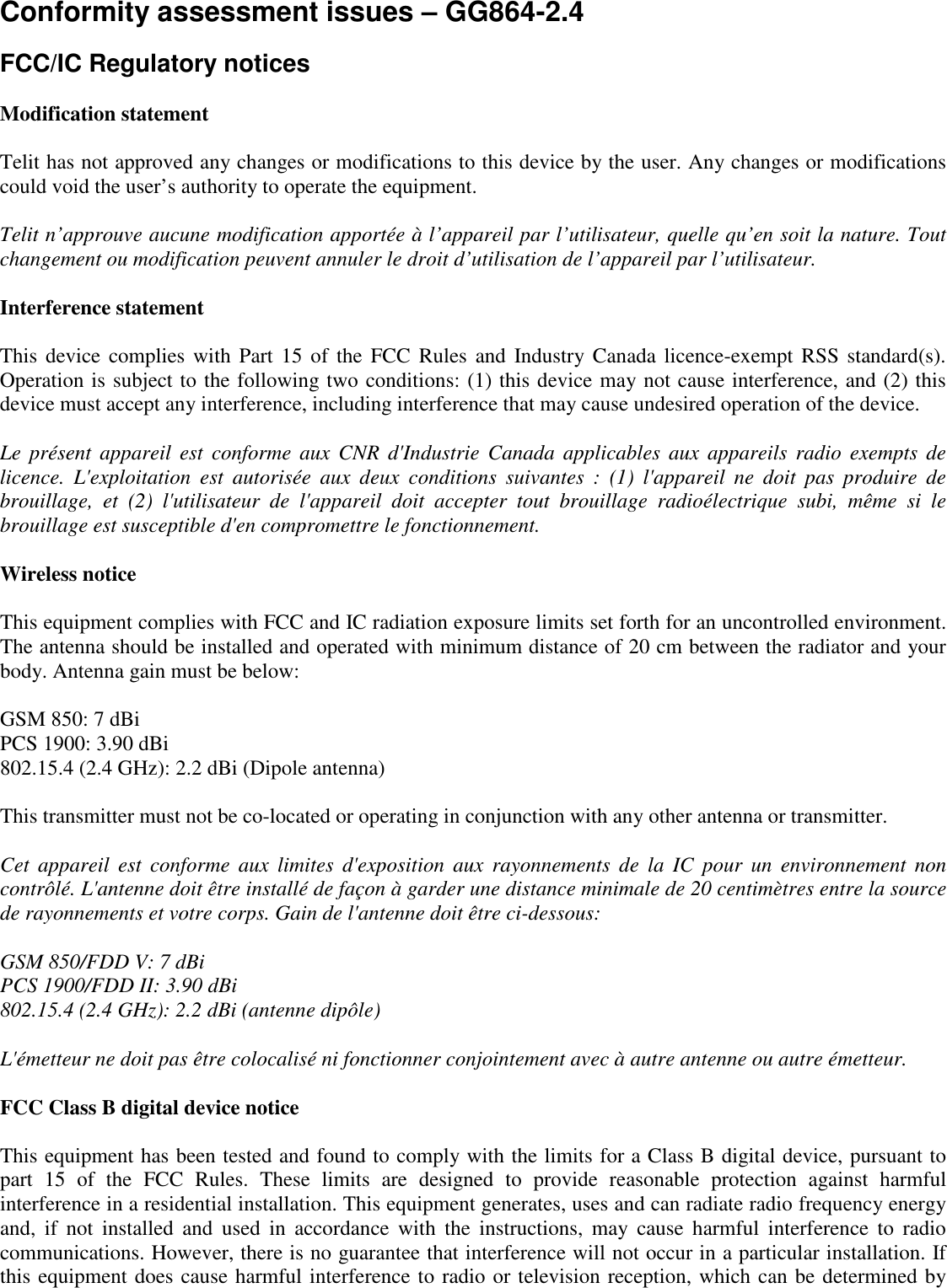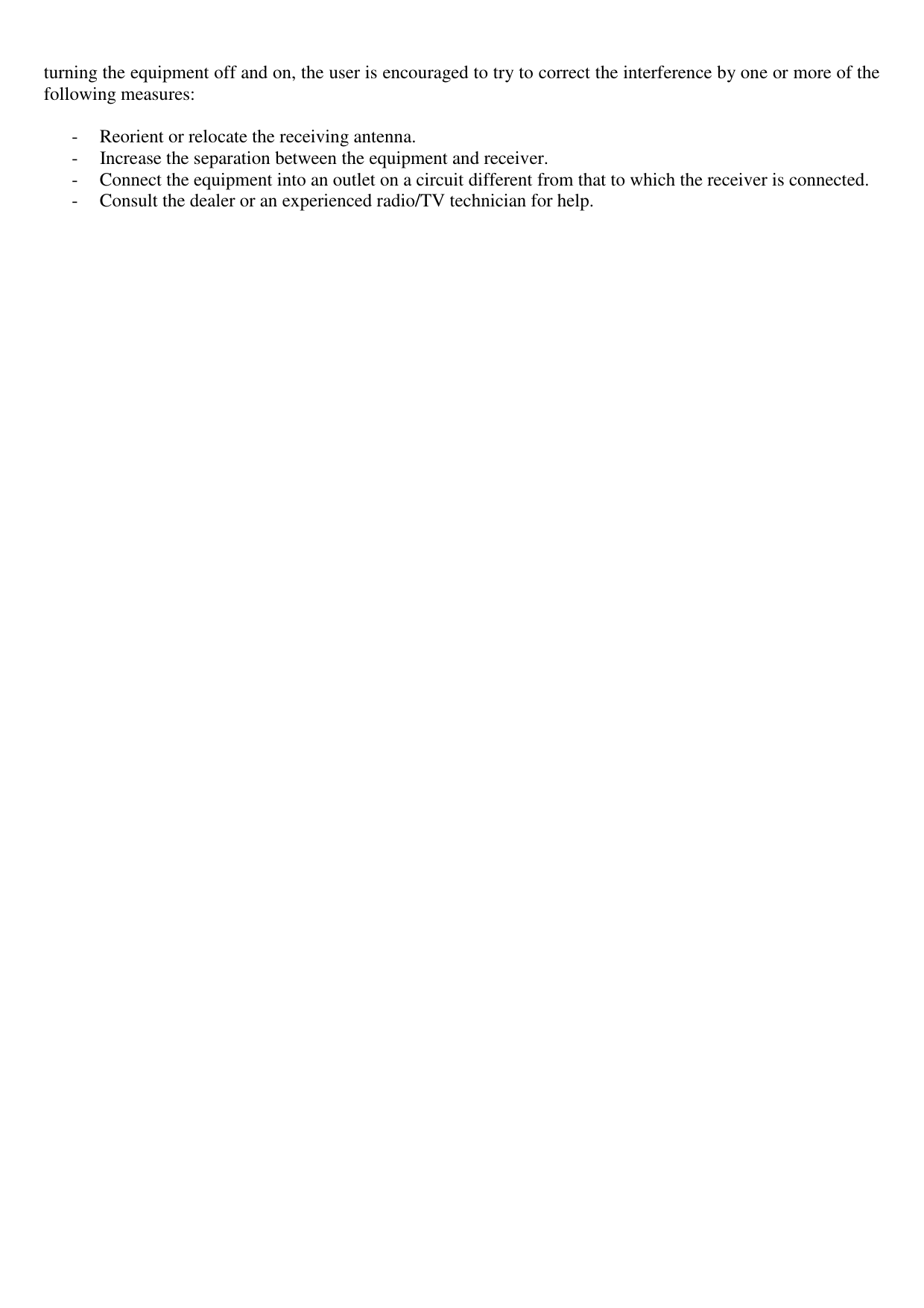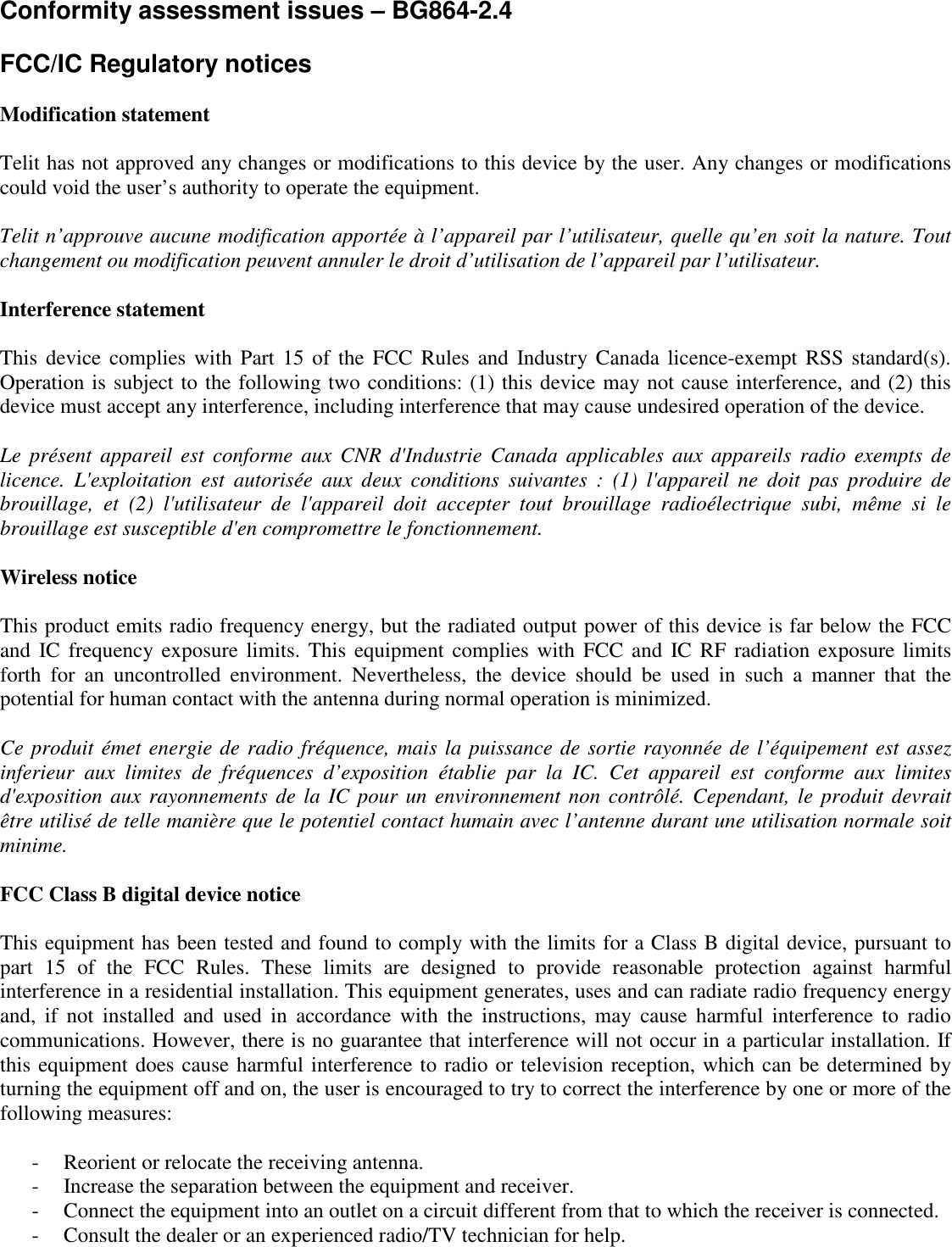Telit Communications S p A BG864 Gateway Bluetooth – 802.15.4 User Manual GG864 BG864 Conformity Assessment Issues
Telit Communications S.p.A. Gateway Bluetooth – 802.15.4 GG864 BG864 Conformity Assessment Issues
Contents
- 1. User Manual
- 2. User Manual II
User Manual II


